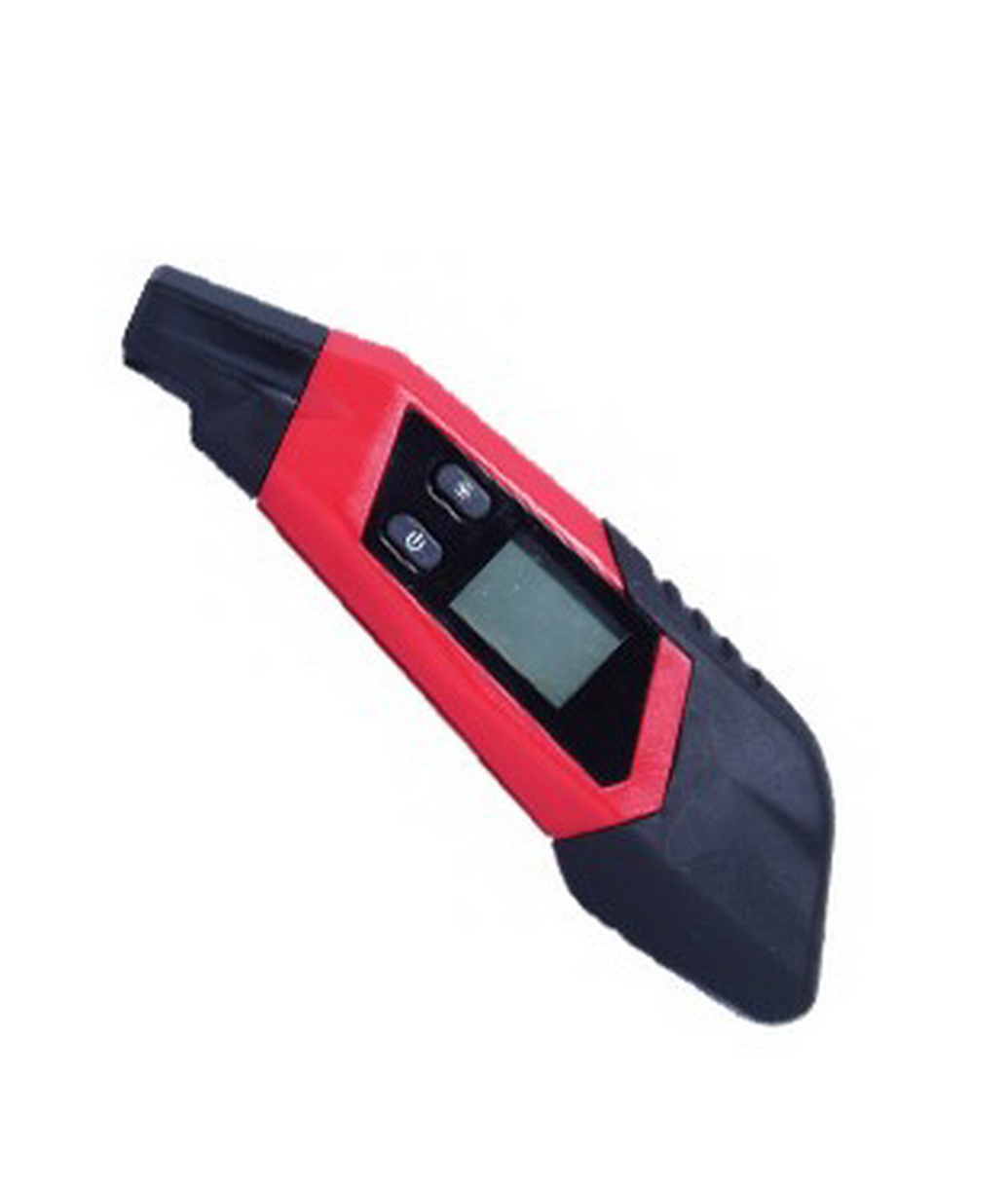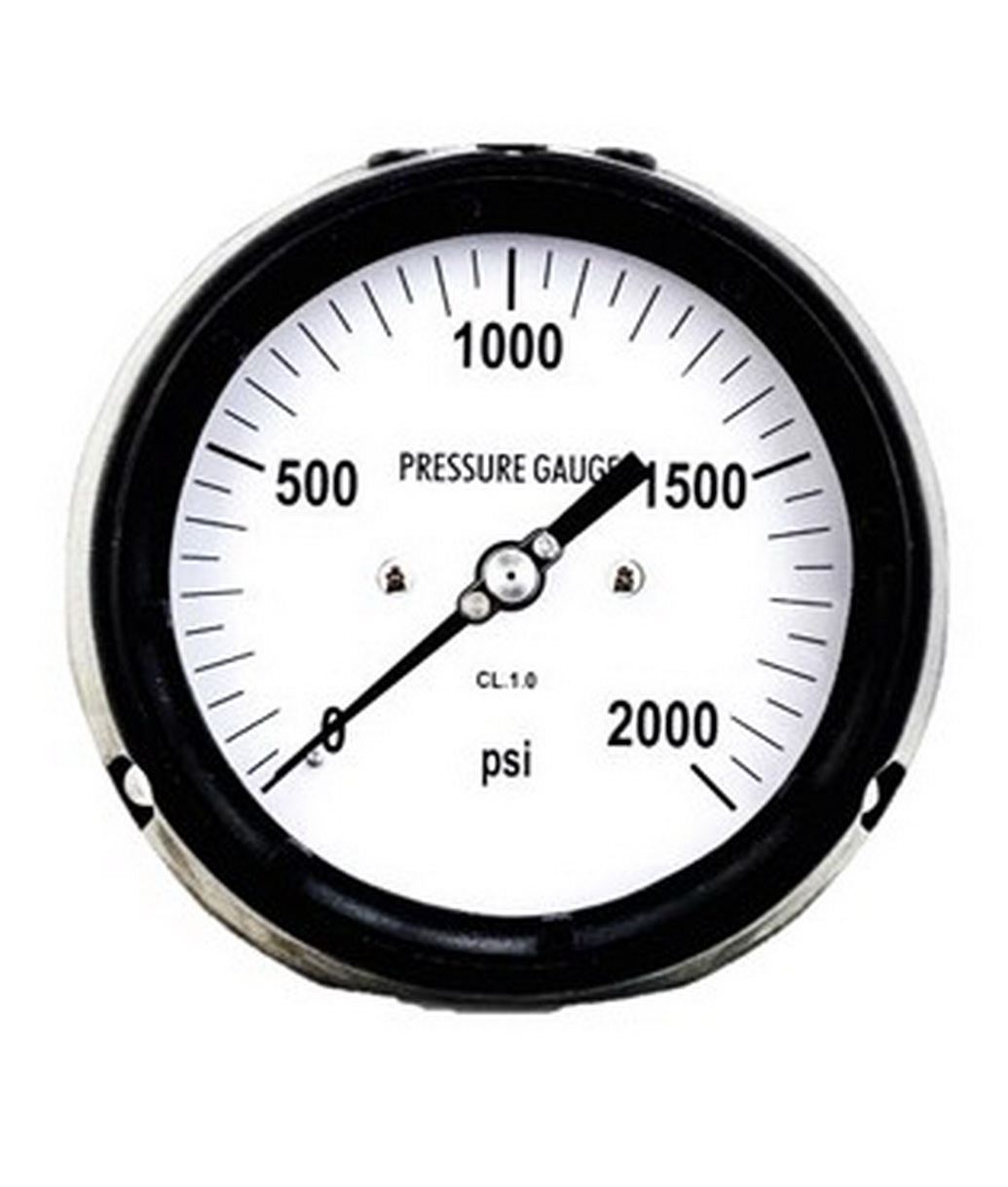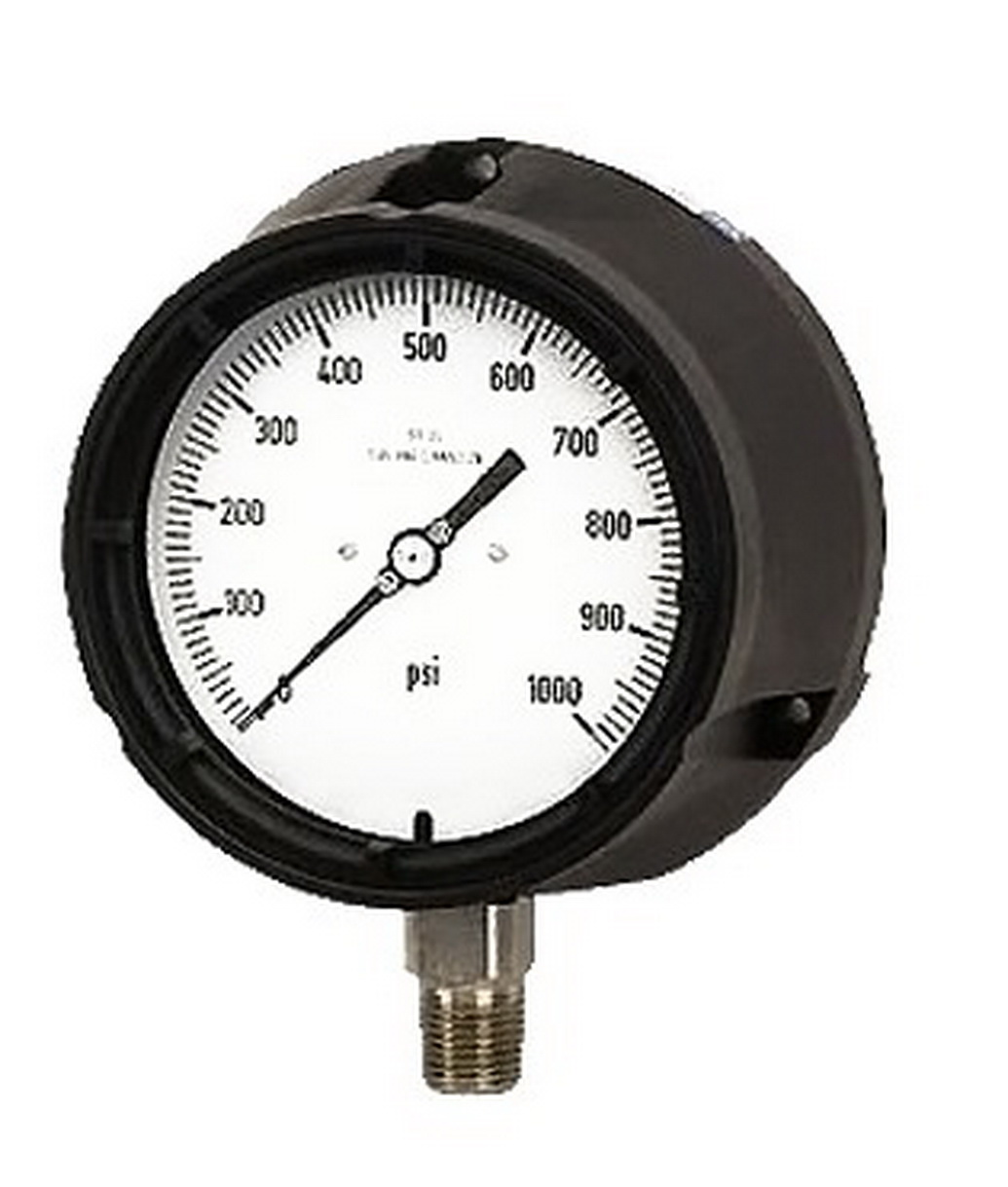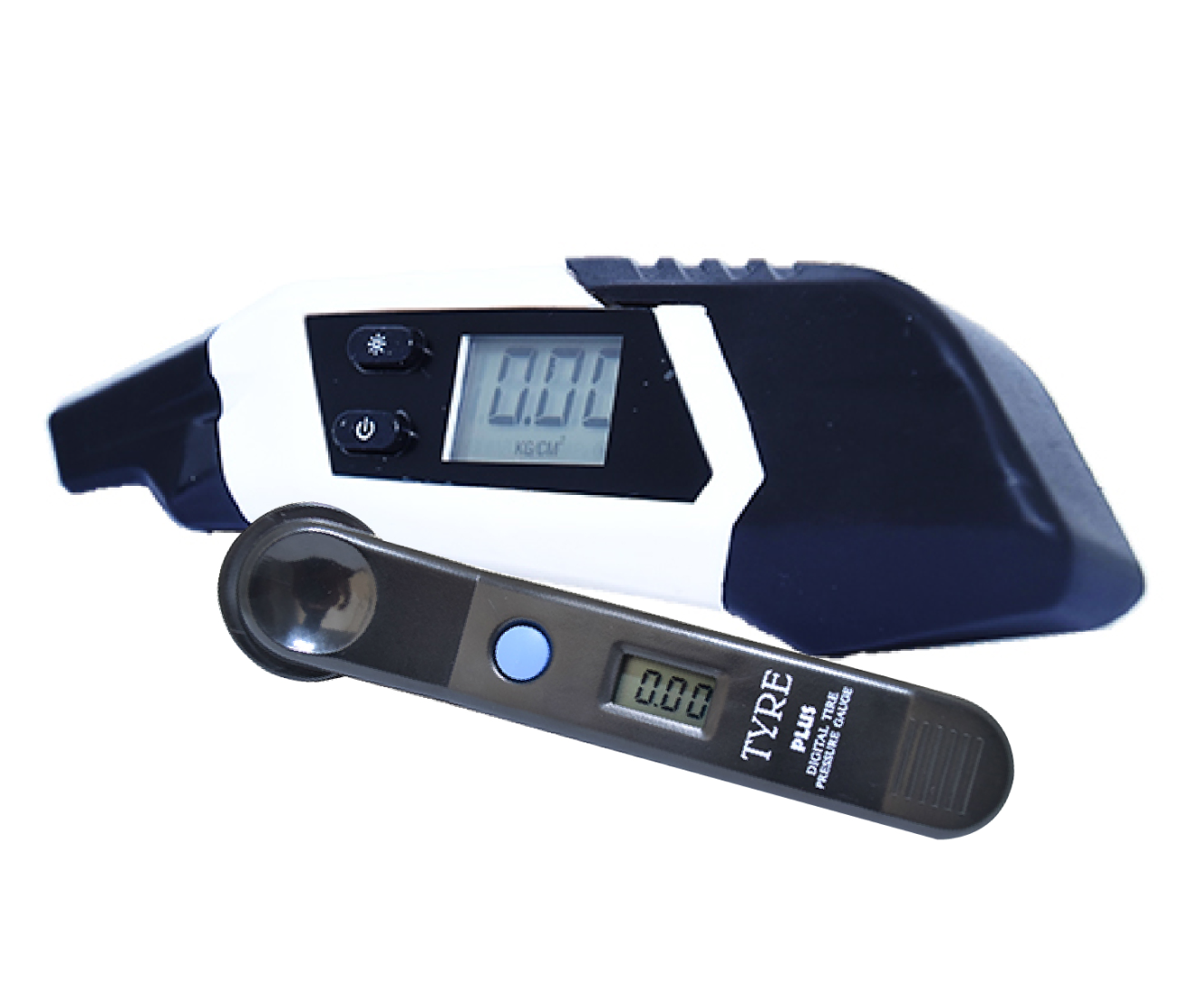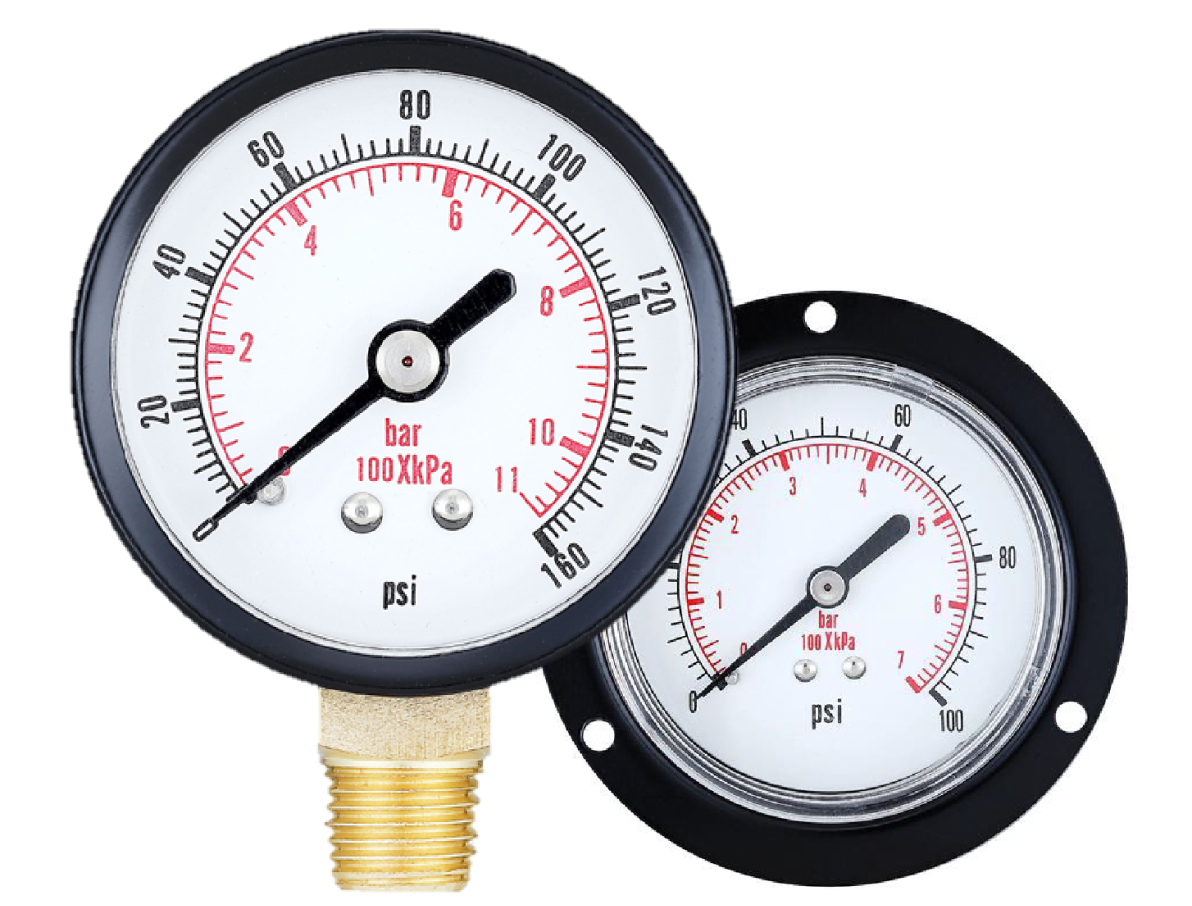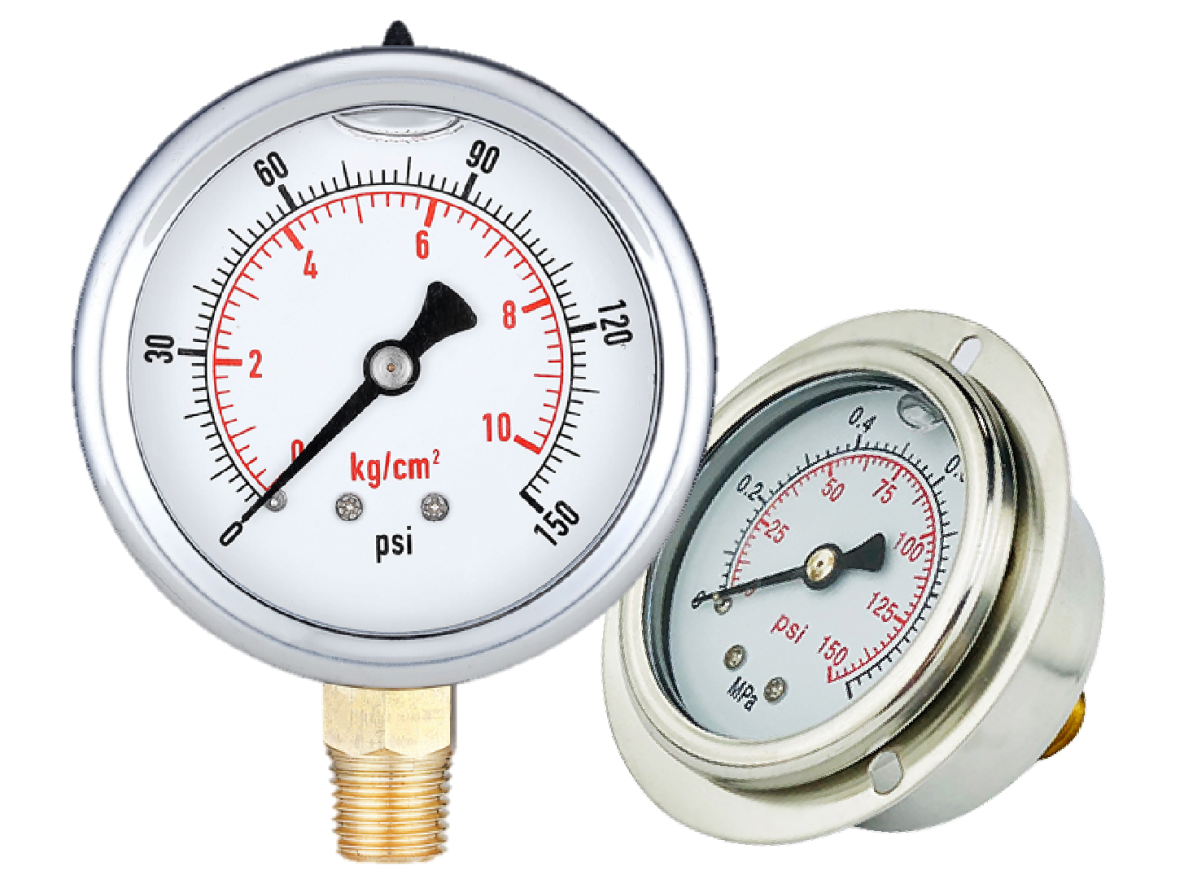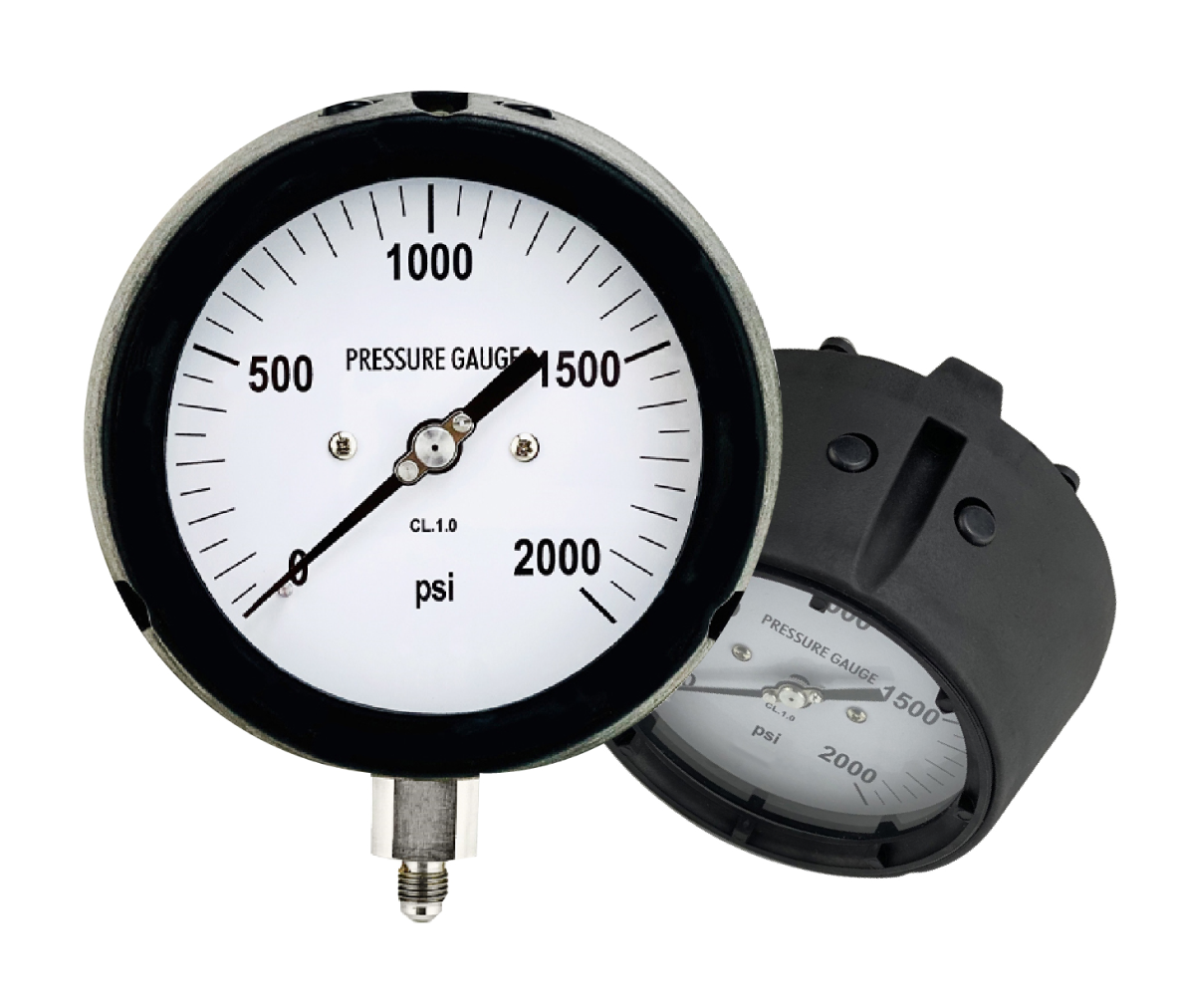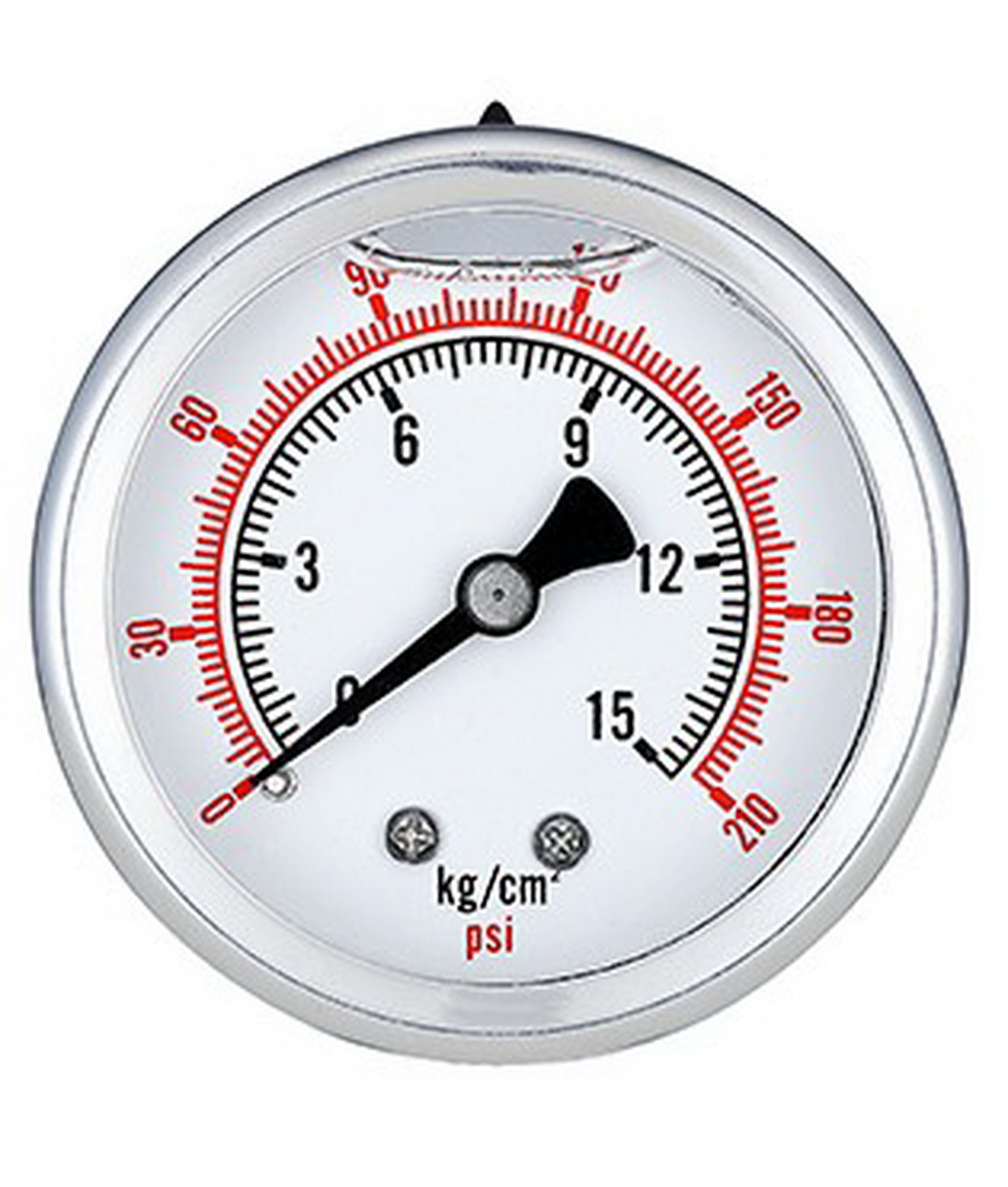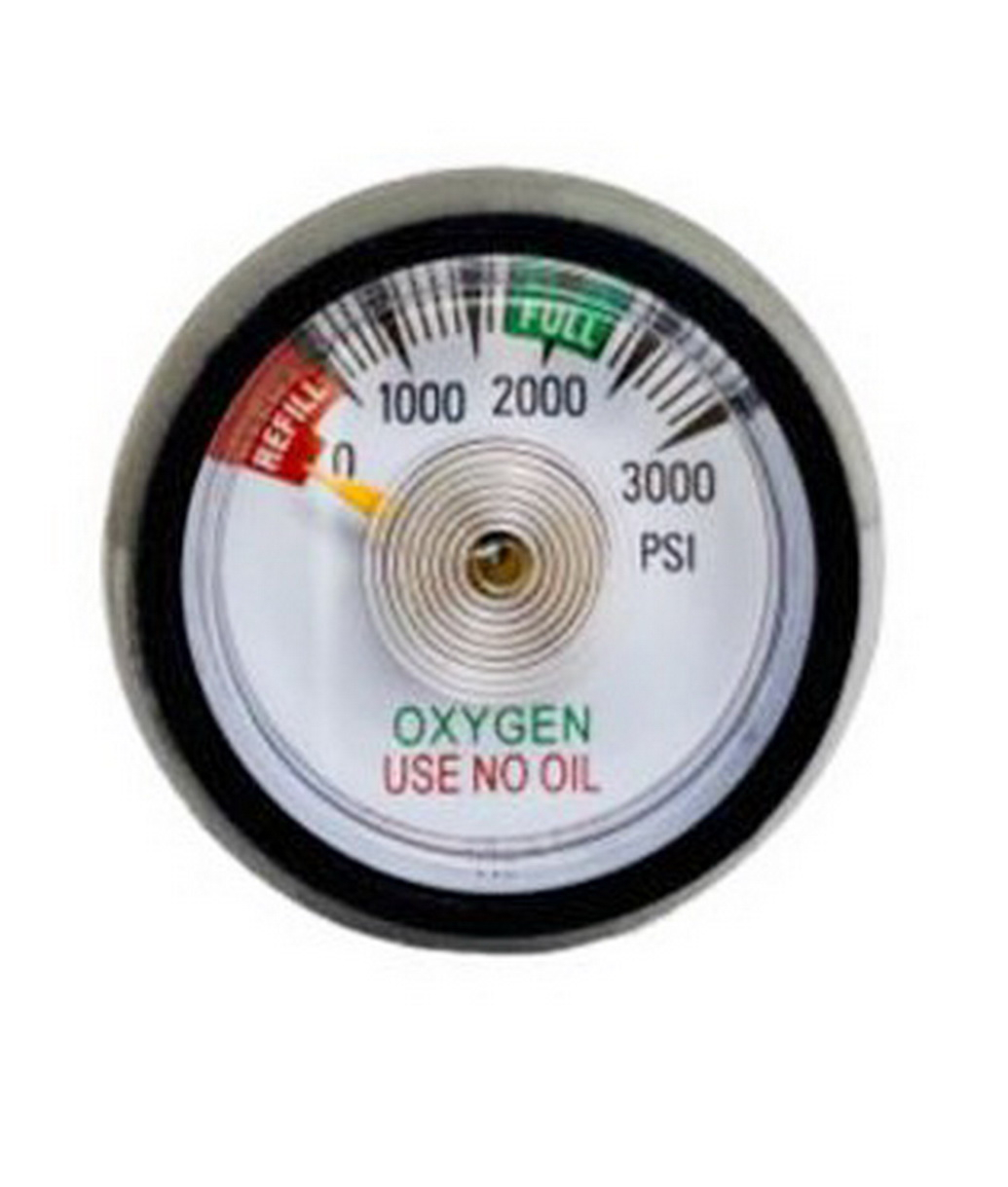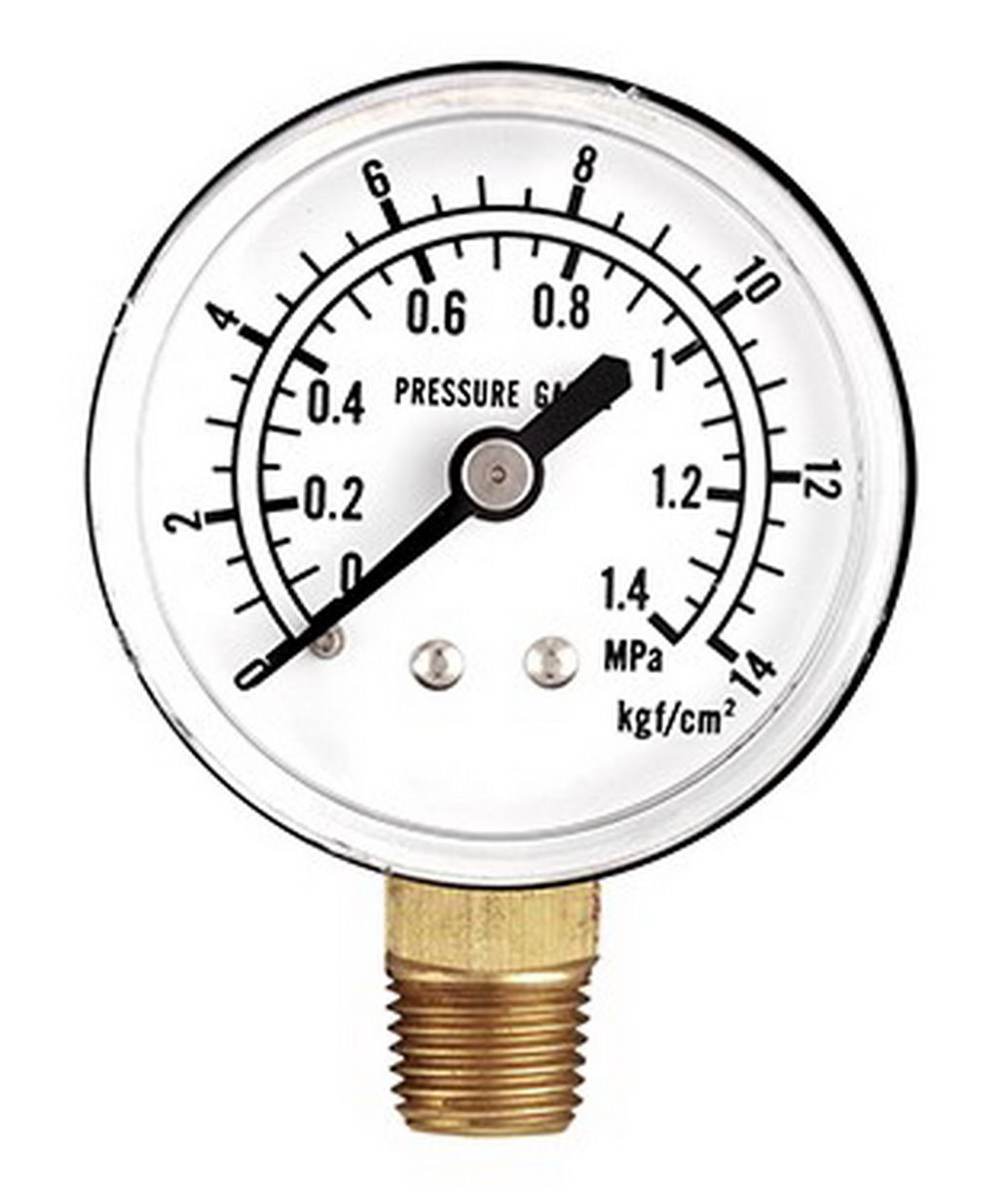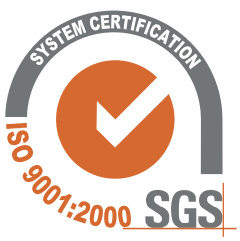Key Takeaways:
- Oil pressure gauges are essential in maintaining optimal engine performance in automotive applications.
- There are two main types of oil pressure gauges: digital and mechanical.
- Installing an oil pressure gauge requires following step-by-step instructions to ensure success.
- Troubleshooting tips for common oil pressure gauge issues can help identify and resolve problems.
- Understanding oil pressure gauge readings is crucial in assessing engine health and detecting potential issues.
Understanding Oil Pressure Gauges
Oil pressure gauges are essential devices used to measure the pressure of oil within an engine, providing crucial insights into its overall performance and health. These gauges are commonly used in automotive applications, such as cars and trucks, to monitor oil pressure levels and detect any potential issues or damage. By keeping a close eye on oil pressure readings, drivers and mechanics can ensure the engine is running optimally and prevent any costly repairs.
Oil pressure gauges work by utilizing a sensor connected to the engine’s oil system. As the oil circulates through the engine, it creates pressure, which is then measured and displayed on the gauge. The readings on the gauge help determine if the oil pressure is within the normal range or if there are any abnormalities that require attention. Low oil pressure can indicate a leak, a clogged oil filter, or worn-out bearings, while high pressure may indicate a faulty oil pump or a restriction in the system.
It is important for drivers to understand oil pressure gauge readings to ensure the engine’s health and performance. Typically, oil pressure readings are measured in pounds per square inch (psi) or bars. Normal oil pressure ranges vary depending on the vehicle’s make and model, but typically fall within the range of 20 to 60 psi. It is crucial to consult the vehicle’s manual or a trusted mechanic to determine the recommended oil pressure range. By regularly monitoring oil pressure readings, drivers can detect any deviations from the norm and take appropriate action to maintain the engine’s health.
Oil pressure gauges are indispensable tools in automotive applications, providing real-time insights into the engine’s oil pressure levels. By understanding how these gauges work and interpreting their readings, drivers can ensure the longevity and optimal performance of their vehicles.
| Brand | Type | Price |
|---|---|---|
| Brand A | Digital | £50 |
| Brand B | Mechanical | £35 |
| Brand C | High Pressure | £60 |
Importance of Oil Pressure Gauges in Vehicles
Oil pressure gauges play a vital role in vehicles, such as cars and trucks, as they provide early warnings of low oil pressure, which can signify engine problems or oil leaks. These gauges are essential for maintaining the health and performance of the engine. When the oil pressure drops below the normal range, it indicates that the engine is not receiving sufficient lubrication, which can lead to increased friction and wear on critical components. If left unaddressed, this could result in engine damage or even complete failure.
By continuously monitoring the oil pressure, drivers can identify potential issues early on and take the necessary measures to prevent further damage. Low oil pressure can be caused by a variety of factors, such as a malfunctioning oil pump, a clogged oil filter, or a leak in the oil system. Regardless of the cause, it is crucial to address low oil pressure promptly to avoid costly repairs and to ensure the longevity of the engine.
Whether you own a car or a truck, investing in a high-quality oil pressure gauge is a wise decision. These gauges are specifically designed to withstand the demanding conditions of automotive applications and provide accurate readings. They are easy to install and can be mounted in a convenient location within the vehicle’s dashboard or instrument panel. With a reliable oil pressure gauge, you can proactively monitor the oil pressure levels and detect any abnormalities before they escalate into major problems.
When the oil pressure gauge indicates low oil pressure, it means that the oil pressure in the engine is below the recommended range. This can be dangerous for the engine, as it indicates a lack of proper lubrication. The low oil pressure warning light or gauge should not be ignored and immediate action should be taken to address the issue.
A few possible reasons for low oil pressure include insufficient oil levels, a malfunctioning oil pump, a clogged oil filter, or a leak in the oil system. It is important to check the oil level and make sure it is at the recommended level. If the oil level is fine, it is advisable to have the vehicle inspected by a qualified mechanic to diagnose and resolve the underlying problem.
Remember, low oil pressure can lead to severe engine damage if not addressed promptly. So, if you notice the oil pressure gauge indicating low oil pressure, it is crucial to take immediate action and seek professional assistance to avoid further complications and maintain the health of your vehicle’s engine.
Types of Oil Pressure Gauges
Oil pressure gauges come in various types, such as digital and mechanical gauges, each offering unique advantages in terms of accuracy, reliability, and ease of use. Digital oil pressure gauges, as the name suggests, provide readings in a digital format, allowing for precise measurements and easy readability. These gauges typically have a built-in sensor that directly measures the pressure and displays it on a digital screen. They are commonly used in modern vehicles and offer features such as adjustable alarms and customizable display units.
On the other hand, mechanical oil pressure gauges rely on a mechanical mechanism to measure and display the oil pressure. They consist of a pressure-sensing element, such as a diaphragm or a Bourdon tube, connected to a needle that indicates the pressure on a dial. Mechanical gauges are known for their durability and reliability, making them a popular choice in heavy-duty applications, such as trucks and industrial machinery.
In addition to digital and mechanical gauges, there are also high pressure oil gauges designed to withstand extreme pressure levels. These gauges are specifically engineered to accurately measure high-pressure oil systems, such as those found in hydraulic systems and industrial equipment. They are constructed with robust materials and reinforced components to ensure accurate readings and prolonged service life.
Regardless of the type of oil pressure gauge chosen, it is essential to consider factors such as application requirements, operating conditions, and budget before making a selection. Consulting with an expert or referring to the manufacturer’s specifications can help ensure the right gauge is chosen for the intended use.
| Type of Gauge | Advantages |
|---|---|
| Digital Oil Pressure Gauge | Precise measurements, easy readability, customizable features |
| Mechanical Oil Pressure Gauge | Durable, reliable, suitable for heavy-duty applications |
| High Pressure Oil Gauge | Designed for extreme pressure levels, accurate readings, prolonged service life |
Installing an Oil Pressure Gauge
Installing an oil pressure gauge in your vehicle can be a straightforward process when following the proper steps and guidelines. A reliable oil pressure gauge is crucial for monitoring the health of your engine and detecting potential issues early on. Here’s a step-by-step guide to help you install an oil pressure gauge:
- Gather the necessary tools and materials, including the oil pressure gauge, gauge adapter, fittings, T-fitting, and mounting bracket.
- Locate a suitable location for mounting the gauge. It should be easily visible while driving and accessible for wiring.
- Disconnect the negative terminal of the battery to ensure safety during installation.
- Identify the oil pressure sending unit in your vehicle. This is typically located near the oil filter or on the engine block.
- Remove the oil pressure sending unit using an appropriate wrench or socket.
- Install the gauge adapter in place of the sending unit and tighten it securely.
- Connect the oil pressure gauge to the adapter using the provided fittings and T-fitting. Ensure all connections are tight to prevent leaks.
- Mount the gauge in the chosen location using the supplied mounting bracket. Make sure it is securely fastened.
- Route the gauge’s wiring through the vehicle’s firewall and connect it to a suitable power source. Follow the manufacturer’s instructions for proper wiring.
- Reconnect the negative terminal of the battery.
Once the oil pressure gauge is installed, start the engine and check for any leaks or abnormal readings. Monitor the gauge while driving to ensure it functions properly and provides accurate oil pressure readings. Consult your vehicle’s manual or a professional if you encounter any difficulties during the installation process.
Following these steps will help you install an oil pressure gauge with ease, allowing you to monitor your engine’s oil pressure and ensure its optimal performance. Remember to prioritize safety and consult professional help whenever needed. Now that you have successfully installed an oil pressure gauge, you can drive confidently with the knowledge that you are keeping a close eye on your engine’s health.
Troubleshooting Oil Pressure Gauge Issues
Troubleshooting oil pressure gauge issues requires systematic troubleshooting techniques to diagnose and address any potential problems affecting its accuracy or functionality. A malfunctioning oil pressure gauge can provide inaccurate readings, leading to potential engine damage if not addressed promptly. By following a step-by-step troubleshooting process, you can identify and resolve common issues with your oil pressure gauge.
One common problem with oil pressure gauges is a faulty sensor or sender unit. This can result in erratic readings or no reading at all. To troubleshoot this issue, start by checking the wiring connections to ensure they are secure and free from damage. If the connections are fine, you may need to replace the sensor or sender unit to restore accurate readings.
Another issue to consider is a clogged or blocked oil pressure line. Over time, debris or sludge can accumulate in the line, obstructing the flow of oil and affecting pressure readings. Flushing the oil pressure line with a suitable cleaning solution can help remove any blockages and restore proper oil flow.
Additionally, it’s important to check the oil level and condition. Low oil levels or dirty oil can affect oil pressure readings. Make sure the oil level is within the recommended range and consider changing the oil if it appears dirty or contaminated.
Common Troubleshooting Techniques for Oil Pressure Gauges:
- Check wiring connections and ensure they are secure and undamaged.
- Inspect the sensor or sender unit and replace if necessary.
- Flush the oil pressure line to remove any blockages or debris.
- Verify the oil level and condition, topping up or changing the oil if needed.
| Possible Causes | Solution |
|---|---|
| Faulty sensor or sender unit | Check wiring connections and replace the sensor if necessary |
| Clogged or blocked oil pressure line | Flush the line with a cleaning solution to remove blockages |
| Low oil level or dirty oil | Top up the oil level and consider changing the oil if necessary |
Understanding Oil Pressure Gauge Readings
Interpreting oil pressure gauge readings is crucial for understanding the underlying health and performance of an engine, as it provides insights into the current oil pressure levels. Oil pressure gauges play a vital role in monitoring the pressure of oil within an engine, ensuring that it remains at an optimal level for proper lubrication and functioning. By accurately measuring oil pressure, these gauges help detect potential issues or irregularities early on, preventing extensive damage and costly repairs.
When examining oil pressure gauge readings, it is essential to understand the range of pressure values associated with different engine conditions. Normal oil pressure readings typically fall between 20 to 40 psi (pounds per square inch) for most vehicles. However, this can vary depending on factors such as engine type, temperature, and oil viscosity. A sudden drop in oil pressure, indicated by a significant decrease in gauge readings, may signal a problem such as a failing oil pump, insufficient oil levels, or a malfunctioning pressure relief valve.
On the other hand, consistently high oil pressure readings can suggest a blockage or restriction in the oil passages, a malfunctioning pressure relief valve, or excessive oil viscosity. It is important to address any unusual or inconsistent readings promptly to prevent potential engine damage and ensure optimal performance.
| Oil Pressure Gauge Readings | Engine Condition |
|---|---|
| 20 – 40 psi | Normal range for most vehicles |
| Below 20 psi | Indicates low oil pressure, potential engine problems |
| Above 60 psi | Indicates high oil pressure, potential blockage or malfunction |
Regularly monitoring oil pressure gauge readings and understanding their significance is crucial for maintaining the health and longevity of your engine. If you notice any abnormal readings or fluctuations, it is recommended to consult a professional mechanic for further inspection and diagnosis. By paying attention to these readings and taking appropriate action when necessary, you can ensure the proper functioning of your engine and avoid costly repairs in the long run.
Oil pressure gauges find extensive use in various industries, including automotive, manufacturing, and energy sectors, where they play a crucial role in maintaining optimal performance and safety. These gauges are designed to measure and monitor the pressure of oil in different systems and applications, ensuring that machinery and equipment function efficiently.
In the automotive industry, oil pressure gauges are essential for monitoring the oil pressure in engines, transmission systems, and hydraulic systems. By providing accurate readings, they help prevent engine damage and ensure smooth operation. They are also used in manufacturing processes, such as metal fabrication, where they help control the pressure of oil used for lubrication and cooling.
In the energy sector, oil pressure gauges are crucial for monitoring the pressure in pipelines, tanks, and oil drilling equipment. They help detect any abnormalities or leaks, ensuring the safety and efficiency of operations. Additionally, oil pressure gauges are used in food and beverage industries to monitor the pressure in production lines and packaging equipment, ensuring consistent quality and safety standards.
Overall, oil pressure gauges are versatile instruments that find applications in a wide range of industries. Their accurate readings and reliable performance make them indispensable tools for maintaining optimal performance and safety in various industrial processes.
Different Types of Pressure Gauges
Pressure gauges come in diverse types, such as absolute pressure gauges, bellows pressure gauges, and Bourdon tube pressure gauges, each of which serves specific purposes across various industries. These gauges are essential tools used to measure and monitor pressure levels in different systems and applications.
Absolute pressure gauges, also known as full-scale pressure gauges, measure pressure relative to a perfect vacuum. They are commonly used in industries such as aerospace, automotive, and manufacturing, where precise and accurate pressure readings are necessary.
Bellows pressure gauges utilize a metal bellows element that expands or contracts with changes in pressure. This mechanism allows for high sensitivity and accurate pressure measurements, making them suitable for critical applications in the medical, pharmaceutical, and food and beverage industries.
Bourdon tube pressure gauges, named after their inventor Eugene Bourdon, rely on a curved tube that straightens or bends with changes in pressure. They are widely used in industrial applications, especially in the oil and gas, petrochemical, and energy sectors. Bourdon tube gauges are known for their durability, reliability, and ability to withstand high pressures.
Advantages and Applications
Each type of pressure gauge offers distinct advantages and is utilized in specific industries depending on their unique requirements. Absolute pressure gauges provide accurate and precise measurements for applications where knowing the exact pressure is crucial. Bellows pressure gauges are preferred in industries that require highly sensitive measurements and where sanitary conditions are paramount, such as medical and food processing. Bourdon tube pressure gauges are widely used due to their robustness, making them suitable for demanding environments.
Regardless of the type of pressure gauge used, these instruments play a vital role in ensuring the safe and efficient operation of various systems. They enable engineers and operators to monitor pressure levels, detect abnormalities, and take appropriate actions to prevent equipment failure or accidents. Pressure gauges are indispensable tools in industries such as automotive, manufacturing, energy, and more, where accurate pressure measurement is crucial for optimal performance and safety.
| Type of Pressure Gauge | Advantages | Applications |
|---|---|---|
| Absolute Pressure Gauge | Accurate and precise measurements | Aerospace, automotive, manufacturing |
| Bellows Pressure Gauge | High sensitivity, suitable for sanitary conditions | Medical, pharmaceutical, food and beverage |
| Bourdon Tube Pressure Gauge | Durable, reliable, withstands high pressures | Oil and gas, petrochemical, energy |
The construction of pressure gauges involves carefully selecting and assembling various components, such as cases, sockets, and pointers, to ensure optimal performance and longevity. Each component plays a crucial role in accurately measuring and displaying pressure readings.
The case, typically made of stainless steel or other durable materials, houses the internal mechanism of the pressure gauge. It provides protection against external factors, such as vibrations, moisture, and dust, ensuring the gauge’s functionality in various environments. The case is designed to withstand high-pressure conditions and prevent any leaks or damage.
The sockets, also known as bourdon tubes, are responsible for converting pressure into mechanical movement. Made from materials like brass or stainless steel, these curved tubes expand or contract based on the pressure applied, which in turn moves the pointer to indicate the pressure level. The shape and material of the bourdon tube are carefully chosen to ensure accuracy and reliability.
The pointer, attached to the bourdon tube, visually indicates the pressure reading on a calibrated scale. It allows users to quickly and easily interpret the pressure level. Pointers can be designed in various shapes and sizes, including straight, needle-like, or colored, depending on the specific application and readability requirements.
Overall, the construction of pressure gauges involves meticulous attention to detail and the use of high-quality materials. By selecting the right cases, sockets, and pointers, manufacturers ensure that pressure gauges can withstand harsh conditions, provide accurate readings, and maintain their functionality over an extended period.
| Component | Function |
|---|---|
| Case | Protects the internal mechanism, ensures durability, and provides resistance against external factors. |
| Socket (Bourdon Tube) | Converts pressure into mechanical movement to indicate the pressure level accurately. |
| Pointer | Moves in response to the bourdon tube’s expansion or contraction, visually indicating the pressure reading. |
Understanding the construction and components of pressure gauges is vital for selecting the right gauge for specific applications and ensuring accurate and reliable pressure measurements. Whether it’s monitoring oil pressure in automotive systems or maintaining optimal pressure levels in industrial processes, choosing a well-constructed pressure gauge is essential for efficient and safe operations.
Water Pressure Gauges and Air Pressure Gauges
Apart from oil pressure gauges, other types of pressure gauges, such as water pressure gauges and air pressure gauges, serve specific purposes in monitoring and maintaining the pressure levels in different systems. Water pressure gauges are commonly used in plumbing and water systems to ensure optimal water flow and pressure. These gauges provide valuable information about the water pressure in pipes, allowing for detection of issues such as leaks, blockages, or inefficient water supply.
Similarly, air pressure gauges play a crucial role in industries that rely on pneumatic systems. These gauges measure the pressure of compressed air, enabling technicians and engineers to ensure that the system operates within the required pressure range. Whether it’s in manufacturing, automotive, or energy sectors, accurate air pressure readings are vital for maintaining safety, efficiency, and proper functioning of machinery and equipment.
To better understand the functioning and applications of water pressure gauges and air pressure gauges, let’s look at a comparison table below:
| Water Pressure Gauges | Air Pressure Gauges |
|---|---|
| Used in plumbing and water systems | Used in pneumatic and air systems |
| Measure water pressure in pipes and systems | Measure the pressure of compressed air |
| Help detect leaks, blockages, or inefficient water supply | Ensure safety, efficiency, and proper functioning of machinery and equipment |
| Enable adjustment of water pressure for optimal use | Provide precise pressure readings for system maintenance and troubleshooting |
Water pressure gauges and air pressure gauges are invaluable tools for professionals working in their respective industries. With their ability to monitor and maintain pressure levels, these gauges contribute to the smooth operation of systems and help prevent potential issues. It is crucial to choose the appropriate pressure gauge depending on the specific requirements and applications of the system.
“Accurate pressure readings enable precise adjustments and troubleshooting, leading to improved system performance and reduced downtime.”
Water pressure gauges and air pressure gauges offer several benefits in their respective applications. By providing accurate pressure readings, these gauges enable precise adjustments, troubleshooting, and maintenance, leading to improved system performance and reduced downtime. They help prevent potential damage, leaks, or malfunctions, resulting in cost savings and increased productivity.
Moreover, water pressure gauges and air pressure gauges enhance safety by ensuring that pressure levels remain within acceptable limits. This is particularly important in industries where excessive pressure can lead to equipment failure, accidents, or system breakdowns. By closely monitoring pressure levels, these gauges allow for timely intervention and preventive measures, minimizing risks and ensuring a safe working environment.
In conclusion, water pressure gauges and air pressure gauges have distinct roles in monitoring and maintaining pressure levels in different systems. Whether it’s in plumbing, water systems, or pneumatic applications, these gauges are essential for efficient operations, safety, and system longevity.
Benefits of Oil Pressure Gauges
Oil pressure gauges offer numerous benefits in automotive applications, including safeguarding the engine against damage, optimizing fuel efficiency, and extending the engine’s overall longevity. These gauges play a crucial role in monitoring the oil pressure levels, ensuring that the engine operates within the recommended range.
By accurately measuring the oil pressure, these gauges alert drivers to any potential issues or abnormalities that may indicate low oil pressure. This early warning system allows for timely maintenance and prevents the engine from running with inadequate lubrication, which can lead to costly repairs and even engine failure.
Furthermore, oil pressure gauges help optimize fuel efficiency by ensuring that the engine is running at the optimal pressure level. When the oil pressure is too high or too low, it can negatively impact fuel consumption and performance. By providing real-time monitoring, these gauges help drivers maintain the engine’s efficiency and maximize fuel economy.
“Proper maintenance and monitoring of oil pressure are essential for the smooth operation of any vehicle. Oil pressure gauges provide valuable insights into the engine’s health and performance, allowing drivers to take immediate action when necessary.”
Table: Benefits of Oil Pressure Gauges
| Benefits | Description |
|---|---|
| Safeguard against damage | Prevents engine damage by detecting low oil pressure and alerting drivers to potential issues. |
| Optimize fuel efficiency | Ensures the engine operates at the optimal pressure level, maximizing fuel economy. |
| Extend engine longevity | By maintaining proper oil pressure, oil pressure gauges help prolong the lifespan of the engine. |
The benefits of oil pressure gauges extend beyond automotive applications. In various industries such as manufacturing, energy, and food and beverage, these gauges play a vital role in maintaining safe and efficient operations. From monitoring oil pressure in industrial machinery to ensuring the reliability of hydraulic systems, oil pressure gauges are indispensable tools in maintaining the performance and longevity of equipment.
Overall, oil pressure gauges provide valuable insights into the health and performance of engines. Their ability to detect potential issues, optimize fuel efficiency, and extend the engine’s longevity make them essential components in any automotive and industrial setting.
In conclusion, oil pressure gauges are vital tools used in various industries, particularly in automotive applications, to monitor and maintain optimal oil pressure levels, ensuring efficient engine performance and longevity. These gauges play a crucial role in detecting low pressure, which can indicate potential issues or damage. By providing accurate readings, oil pressure gauges help prevent engine damage, enhance fuel efficiency, and prolong the lifespan of the engine.
Furthermore, oil pressure gauges are not limited to automotive applications. They are also widely utilized in industries such as medical, food and beverage, manufacturing, and energy. In these sectors, oil pressure gauges are essential for measuring and monitoring the pressure of oil in different systems and applications, ensuring safe and efficient operations.
Additionally, it is important to note that there are different types of oil pressure gauges available, including digital and mechanical gauges. Each type offers unique benefits and functionalities, catering to the specific needs of different industries and applications.
In summary, oil pressure gauges are indispensable tools in various industries, providing valuable information about oil pressure levels and helping to maintain optimal engine performance. Whether it is in automotive, medical, food and beverage, manufacturing, or energy applications, these gauges are critical for safe and efficient operations. Their ability to accurately measure and monitor oil pressure levels ensures the longevity and efficiency of engines, making them a valuable asset in any industry.
FAQ
What are oil pressure gauges used for?
Oil pressure gauges are used to measure and monitor the pressure of oil in different systems and applications, such as automotive, medical, food and beverage, manufacturing, and energy industries.
What other types of pressure gauges are commonly used?
Water pressure gauges are used in plumbing and water systems, while air pressure gauges are used to test pneumatic and air systems. Boiler pressure gauges display the water pressure in boilers and heating systems.
How do oil pressure gauges work?
Oil pressure gauges work by measuring the pressure of oil in a system. They typically consist of a gauge face, a pressure sensor or sender, and a needle or pointer that moves to indicate the pressure.
What are the different types of oil pressure gauges?
There are various types of oil pressure gauges, including absolute pressure gauges, bellows pressure gauges, Bourdon tube pressure gauges, and more. Each type has its own benefits and functionalities.
How are pressure gauges made?
Pressure gauges are made by constructing cases, sockets, and pointers using specific materials. The choice of materials depends on the durability and accuracy required for the specific application.

